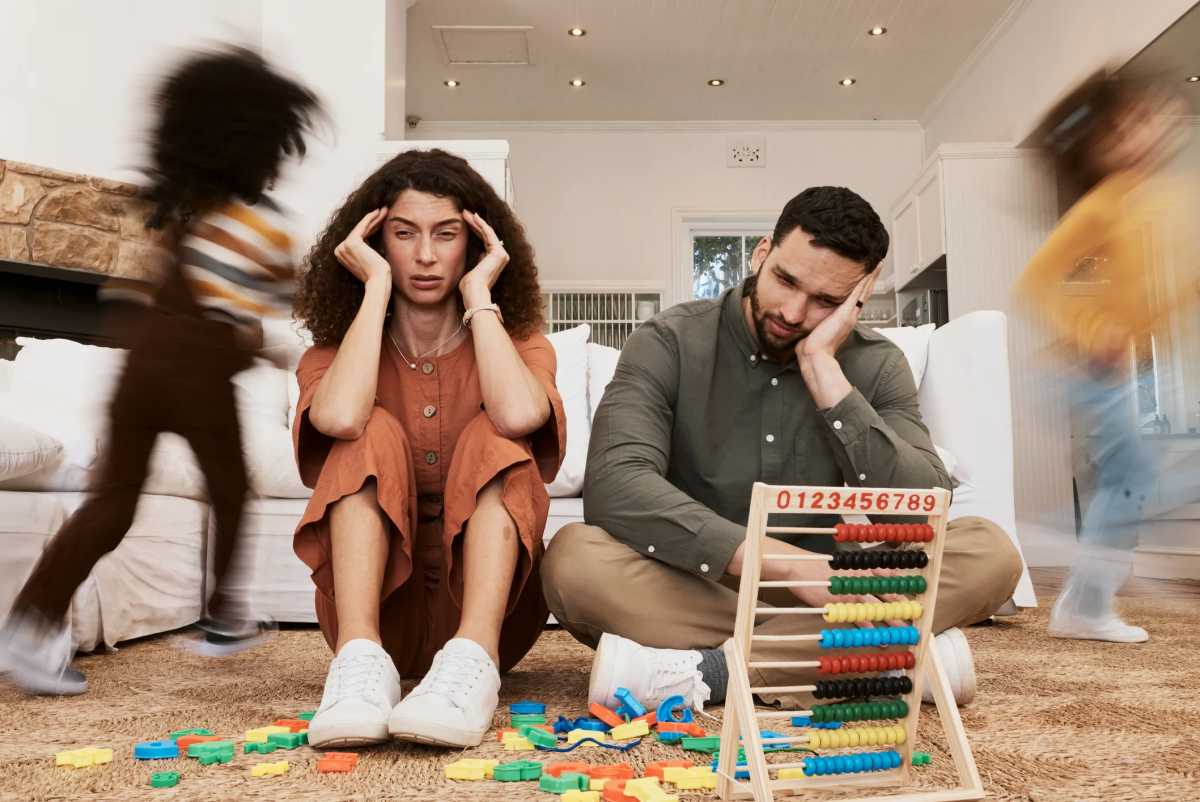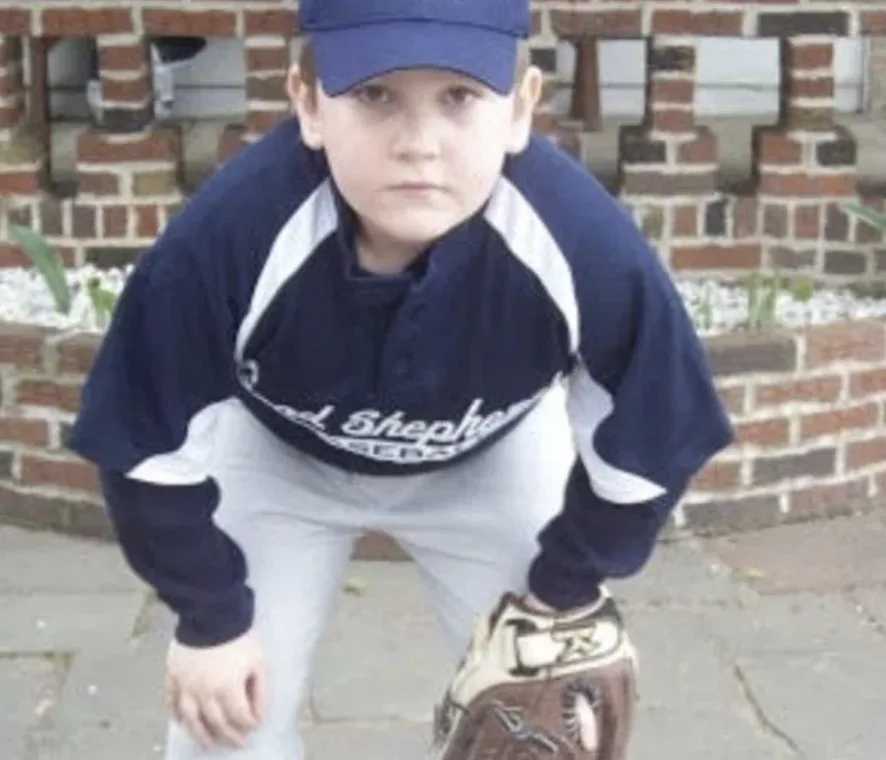This Mother’s Day as a well-intentioned gift from my mom, I received the Marie Kondo bestselling book The Life-Changing Magic of Tidying Up. She had seen my struggles with organization in a three-kid household and was tired of hearing me stress about lost trip permission slips or missing shin guards. I needed an organization overhaul and fast. Only problem was after reading a fraction of the book, I misplaced it somewhere in my house and couldn’t find it for months. It was time to call in advice from the pros and luckily, I knew just the person — Westchester-based Katy Winter of Katy’s Organized Home, a professional home organizer with clients throughout the county, New York City and Miami.
As a fellow mom of three, Winter knows how kids and their clutter needed to be reined in and how a streamlined and organized home leads to lower stress levels for the family. So with the school season approaching, I wanted to glean some wisdom from her and whip my home in shape just in time for September while encouraging my kids to take an active role in the process. Here are a few of her most helpful tips:
1. Create a drop zone
I don’t know about your house but the minute my kids enter the house from school, it looks like a tornado hit the entryway. Backpacks strewn all over the floor, shoes thrown carelessly about. Despite my hours of navigating Pinterest drooling over customized built-in mudrooms, Winter insists that you do not need to have a swoon-worthy mudroom but instead a drop zone that oozes functionality.
She encourages clients to think about how your kids enter the house. Is it though a garage or front door? She is a big fan of hooks for their backpacks and coats. Winter also likes to use baskets for other accessories such as hats and gloves and if you have multiple children, a basket per child (rather than sorting them by item) is best so that you aren’t rummaging through the basket trying to find matching gloves while rushing to the school bus in the morning. If your children are enrolled in after-school activities, it is useful to have bags (e.g. sports, dance, gymnastics) for each activity with hooks or cubby space available for that too.
2. Enlist your kids to make their beds
I’ve read many studies that say that people who make their beds in the morning are happier and more productive. Still, I was falling short on this most days and never actually thought to teach my kids this vital skill. “Kids as young as 3 years old can learn to make their bed. We tend to do it for them because it saves us time but if you take the time to teach this habit at an early age, you are instilling a life-long habit for your child,” says Winter. We spend a third of our lives in bed and it should be a cozy place to sleep, read and relax. Winter suggests these easy steps to teach your child how to make their bed:
1. Take off the pillow
2. Pull up the sheet and blanket
3. Put the pillow back on
When you walk into anyone’s bedroom, the bed is the first thing you notice because visually it takes up a lot of space. “When you have your child straighten their bed, they are straightening a big part of their room,” explains Winter. I’m making a huge mental note of this and I promise to change our slovenly ways.
3. Make your kids pros at snack time
When my kids enter the house after school, they are usually pretty ravenous and all of them are asking me for different snacks simultaneously. I am tired of constantly saying, “I am not an octopus. I do not have eight arms so you will have to wait.” Instead of being their snack butler, get them involved in this by ensuring that cups, bowls and plates are easily accessible in a bottom drawer or cabinet. Winter says, “Children as young as 3 or 4 should be able to get themselves an approved snack. The goal is to promote independence.”
4. Find a space and make it “homework ready”
Winter suggests that you think about where your children do their homework. Is it in their room at a desk, in the kitchen or on the dining room table? No matter where it is, make sure that supplies are easily accessible. If your kids favor the dining, kitchen or living room, create a homework box that can easily be stashed away. Even a shoebox can function as this. Put items such as sharpened pencils, calculators, colored pencils and anything else they would need in this box. Winter is also a big fan of creating an art cart for art supplies to inspire creativity in young children.
5. Figure out what to wear each night
I hate being a planner, but trust me this tip is worth it. It saves a lot of time and meltdowns in the morning. At bedtime, look up the weather for the next day and let your child lay out their outfit. This avoids clothes flying everywhere in the morning and ensures that your child is dressed appropriately for the weather.
A few months later, the Kondo book eventually surfaced. It currently lives in the “self-help” section of my meticulously organized library, for now …
Stacey Pfeffer is a writer and editor based in Chappaqua.














